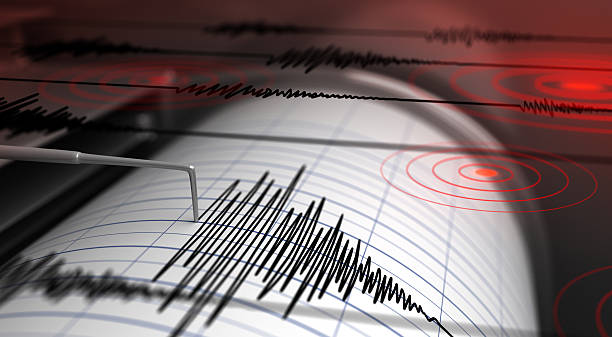

INTRODUCTION
Earthquakes cause devastation at places where the community is not adequately prepared. Particularly, the loss of life because of earthquake-induced damages to the built infrastructure is a matter of grave concern. One possible way through which lives could be saved during earthquakes is by giving an early warning so that people may find safe places to rescue - e.g., go to open ground or stay in tents temporarily - but evacuate the seismically vulnerable massive buildings that they stay in otherwise.
However, it is argued that time of occurrence of tectonic earthquakes is unpredictable. Though some research work is carried out by developing early warning system (EWS) for sending alerts or distress signals, the state-of-the-art remains at giving the warning hardly few seconds to a minute or two in advance. Albeit, considerable research efforts should have been geared towards developing sophisticated EWS so that the time to give warning signal could be increased. However, deterrent in pursuing this domain of research confidently is attributed to the fear of giving false signal(s), or more seriously, for not being able to give a warning signal at all before a major earthquake happens.
To view the whole Article click on "View PDF" button provided below